 Esperanto
Esperanto
 Shqiptare
Shqiptare
 Euskara
Euskara
 Zulu
Zulu
 Latinus
Latinus
 Cymraeg
Cymraeg
 தமிழ்
தமிழ்
 Slovak
Slovak
 Slovak
Slovak
 Afrikaans
Afrikaans
News Center
The difference between RS-232 serial port and RS-485 serial port
Publish:
2022-07-04 17:35
Source:
www.premier-cable.net
The difference between RS-232 serial port and RS-485 serial port
The RS232 serial port is the most widely used serial port type in the computer and communication industries.
The system adopts full-duplex system and requires three lines: ground line, sending line and receiving line, only RS232 can realize point-to-point communication
Disadvantages of RS232 serial port :
The level value of the interface signal is high, which is easy to damage the interface circuit chip. Because of the incompatibility with the TTL level, all the level conversion circuit can be used to connect with the TTL circuit.
Poor anti-interference ability
Limited transmission distance, usually within 15 meters
Only point-to-point communication is possible
The transmission rate is lower, in the case of asynchronous transmission, the baud rate is 20Kbps
RS485 serial port advantages :
RS485 adopts balanced transmission and differential reception, which has good anti-interference ability, and the signal can reach more than 1000 kilometers.
RS485 has two-wire line and four-wire line. Under the four-wire system, only point-to-multipoint communication can be achieved (that is, there is only one master device, and the rest are slave devices).
At present, there are few applications of the four-wire system, and the two-wire system is mostly used for wiring.
Two-wire RS485 can only use half-dual mode, and cannot send and receive emails at the same time.
On the same bus, RS485 can connect up to 32 nodes to realize multi-point communication in the true sense, but it usually adopts master-slave communication, that is, a host with multiple nodes at the same time
The RS485 interface has the advantages of strong anti-interference ability, long transmission distance and strong multi-station capability, and has become the preferred serial interface.
High transmission rate, the highest transmission rate can reach 10Mbps
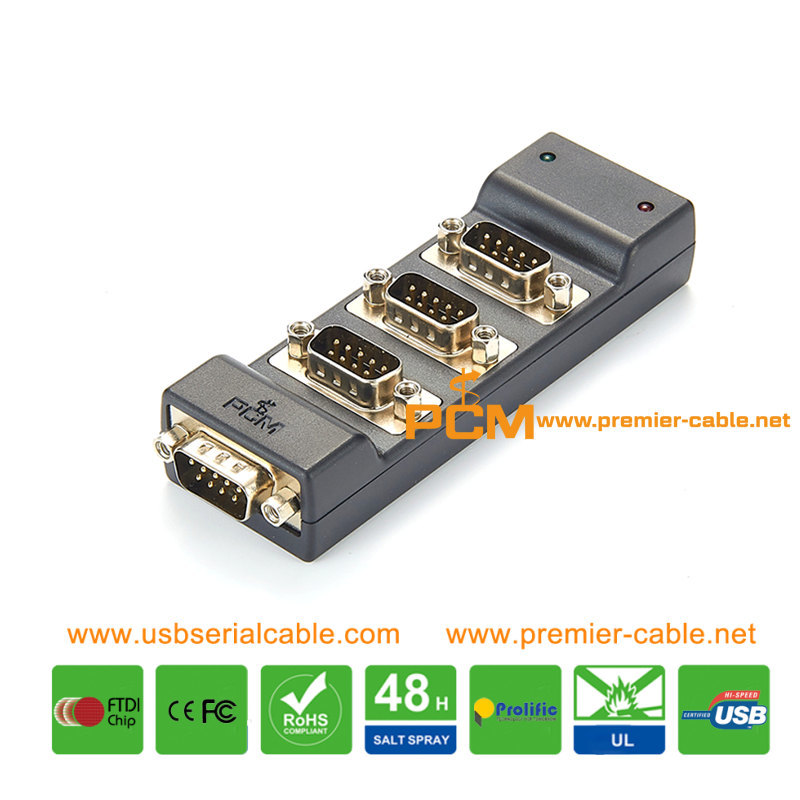
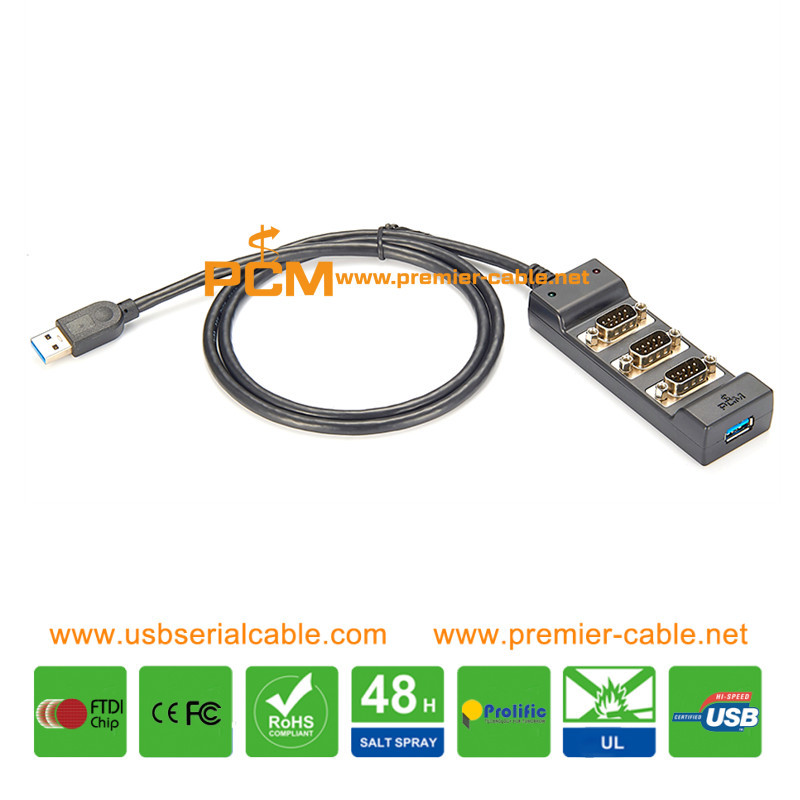
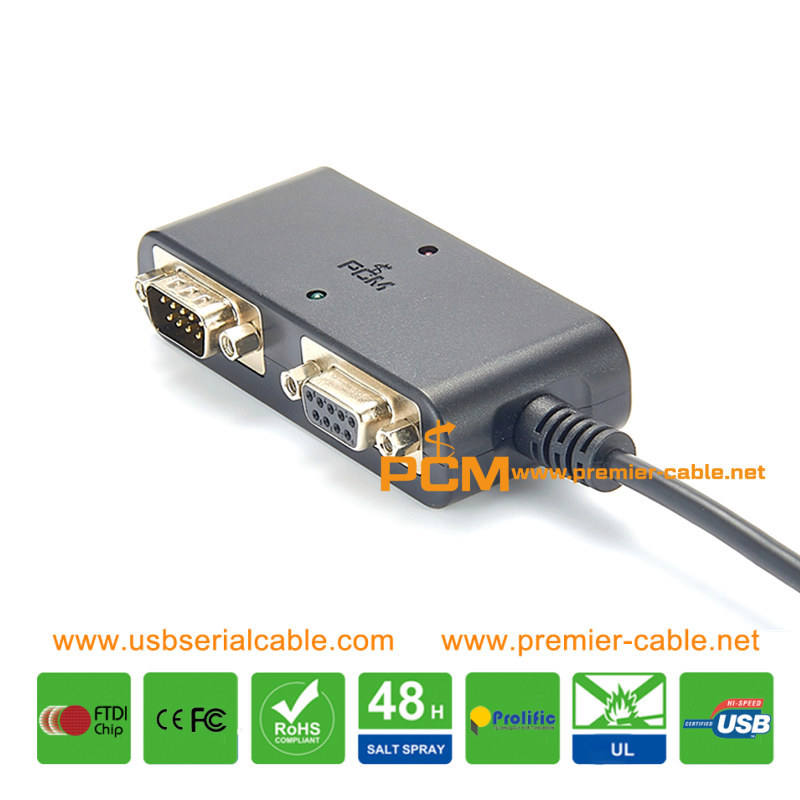
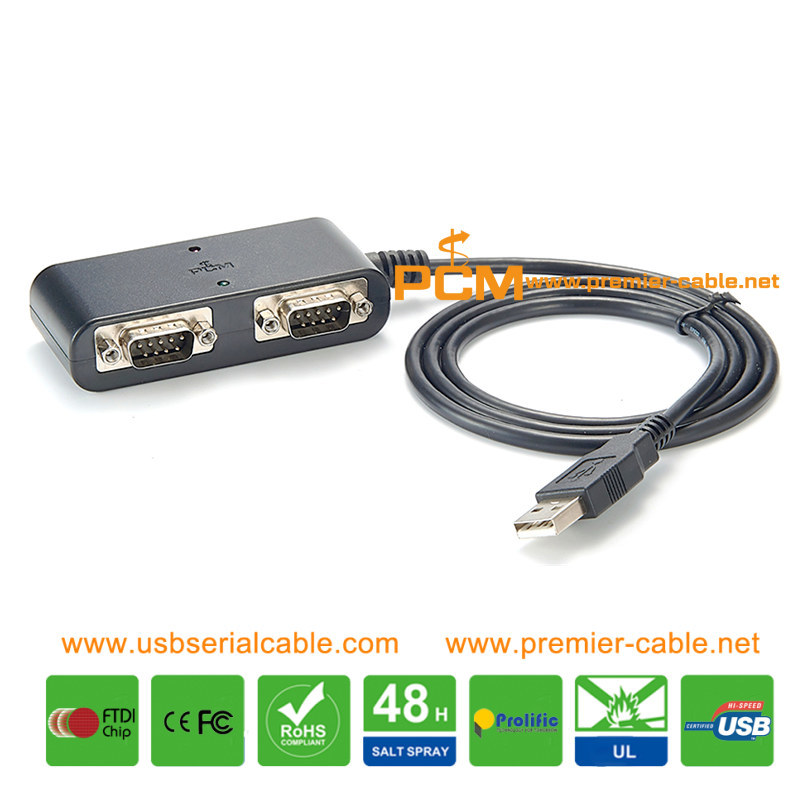
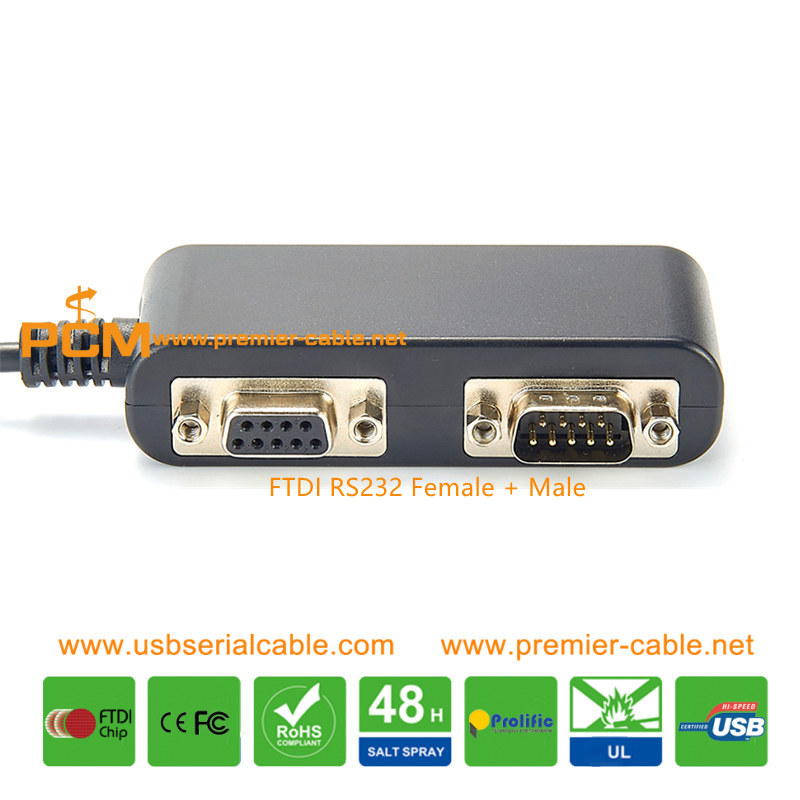
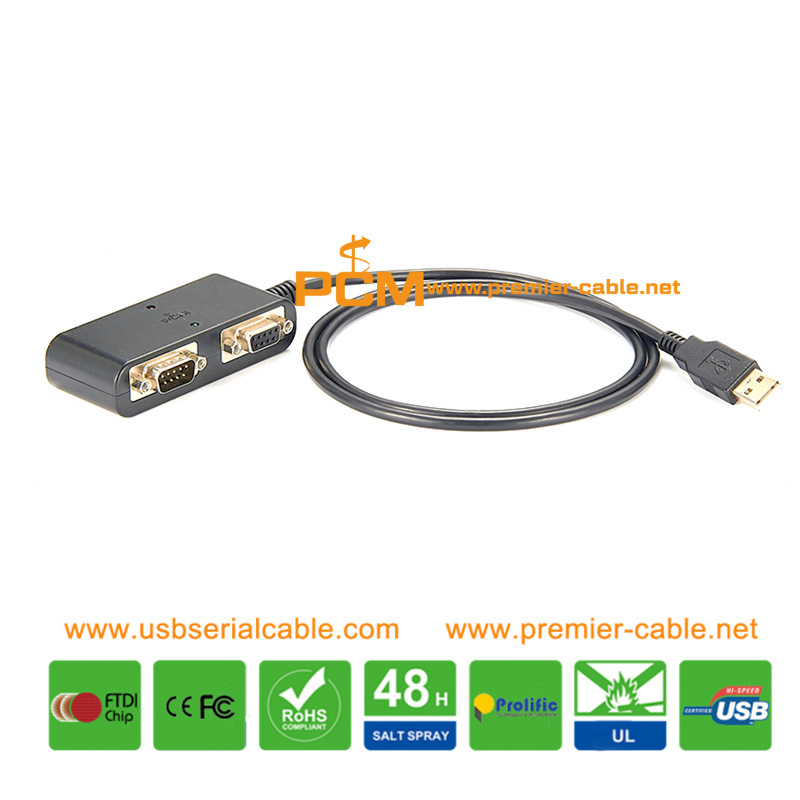
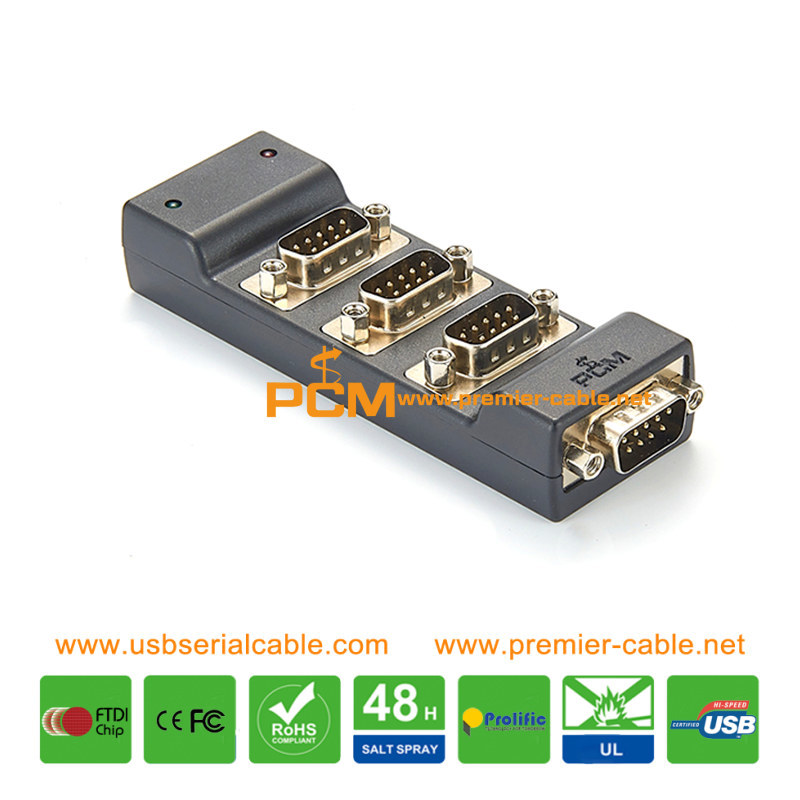
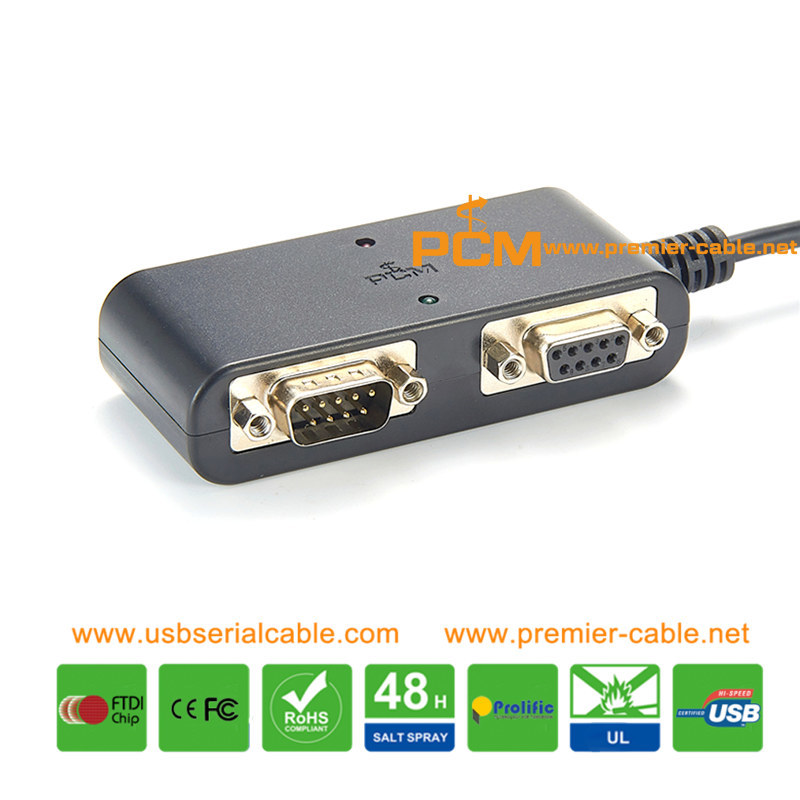
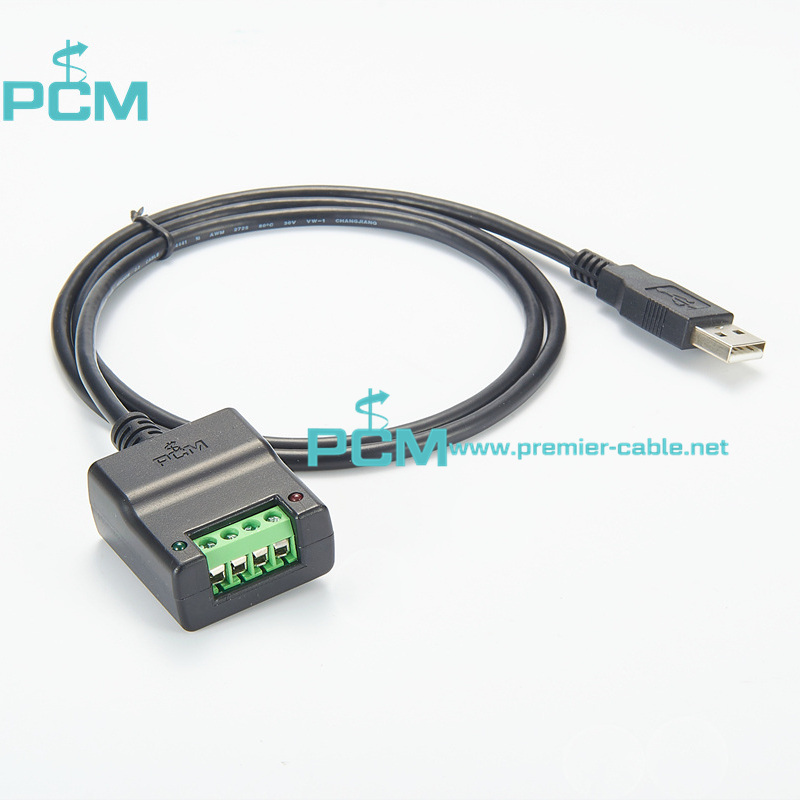
Related News
What is a terminal block used for?
While there are many factors to consider when designing an overall system, terminal blocks are an optimal solution for complex electrical system connections. With a variety of color options and configurations, Premier Cable’ terminal blocks offer a range of options to meet your design challenges.
CAN-bus has been widely used in various automation control systems. For example, CAN-bus has incomparable advantages in various fields such as automotive electronics, automatic control, smart buildings, power systems, and security monitoring.
Introduction to M12 connector pin coding
M12 encoding types are A encoding, B encoding, D encoding and X encoding. A-code, B-code and X-code are some of the earliest developed and longest-available M12 connectors. The latest M12 coding types currently under development are K coding for AC and L coding for PROFINET DC.
Cables – What are the correct cable sizes for an NMEA 2000 network?
The three different sizes of NMEA 2000 certified DeviceNet standard cabling are "micro," "mid," and "mini."
What are the advantages of NMEA 2000?
The Premier Cable Starter Kits provide everything you need to get to create a basic NMEA 2000 network from scratch.
The role of DeviceNet terminal resistor
DeviceNet_network is a fieldbus network protocol based on Controller Area Network (CAN). In the DeviceNet network, the terminal resistor plays the role of compensation and protection for signal transmission. The function of the terminal resistor is to eliminate signal reflection and interference and ensure the signal transmission quality.
